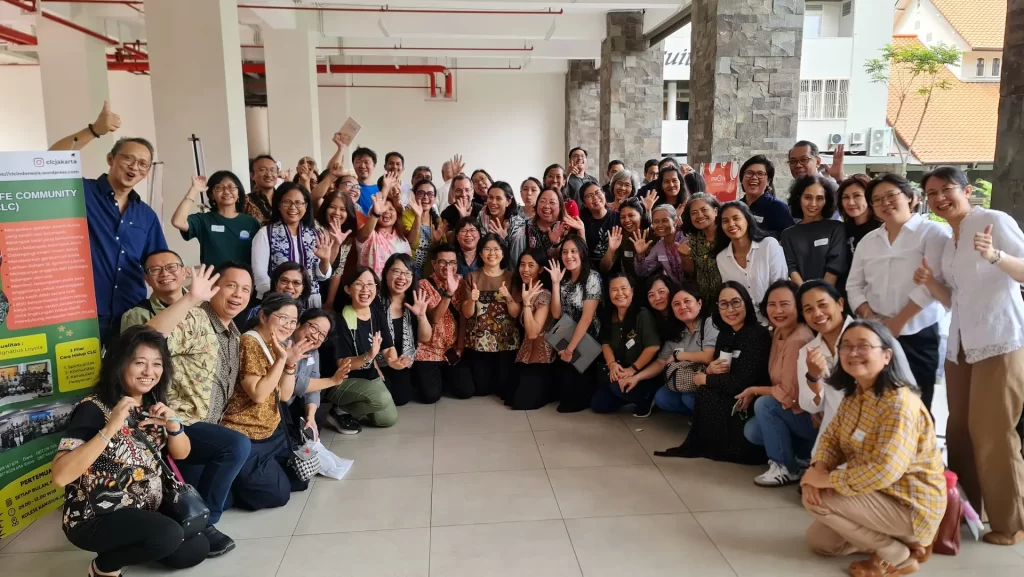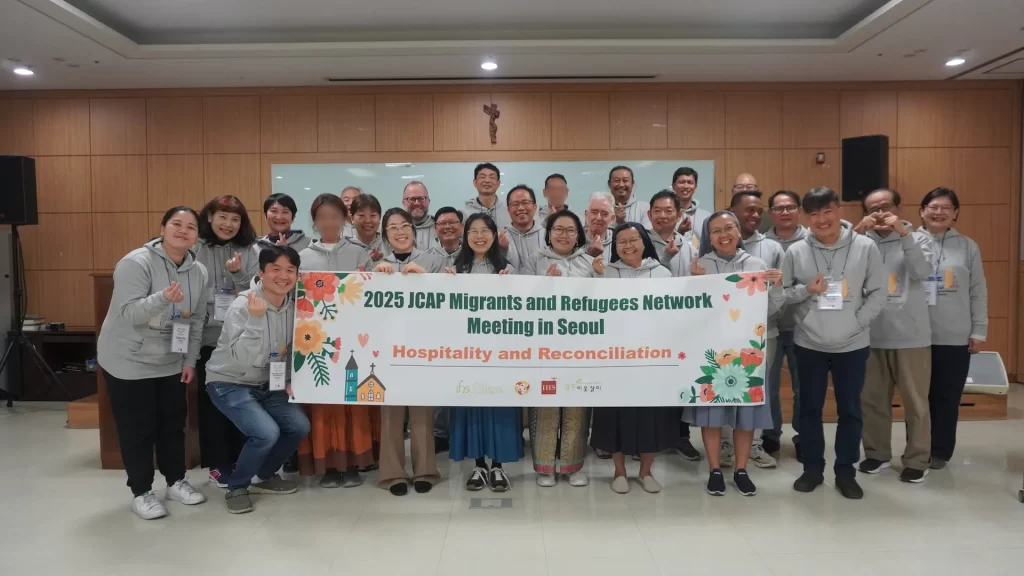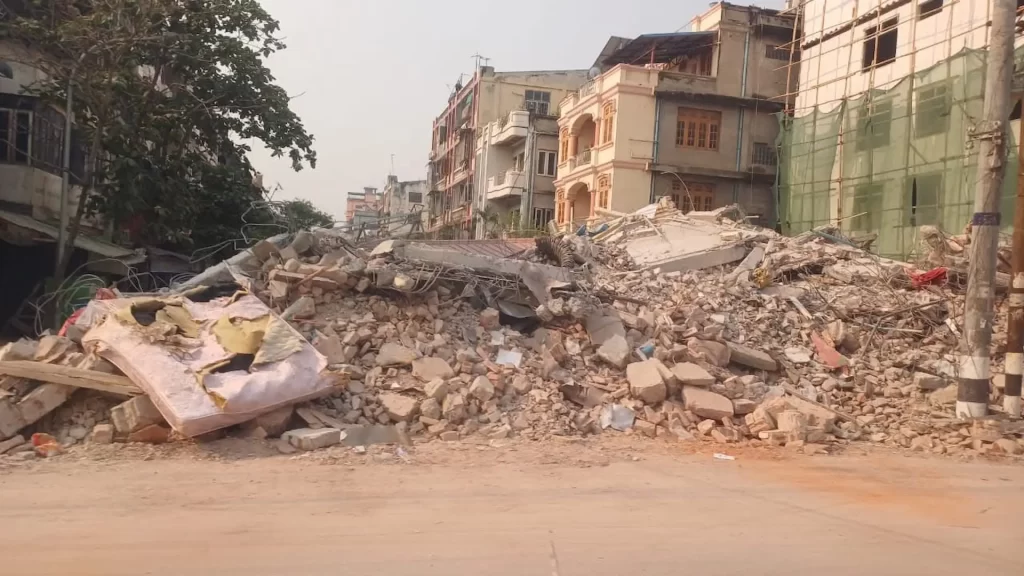Jesuit Refugee Service Australia has opened a new drop-in centre to address a lack of asylum seeker services in Western Sydney. The project is the result of a needs assessment undertaken by JRS in 2014, which found that the region is home to New South Wales’ second-largest group of asylum seekers arriving by boat and living on bridging visas. As a result of the restrictions imposed on them–including a widespread lack of work rights–and in the face of limited social services for asylum seekers in the area, many of these asylum seekers are destitute.
“We knew these people were arriving by boat and they were in the community, and the government was transitioning them from detention to the community on bridging visas with very little support,” explains Oliver White, JRS’s Head of Policy and Advocacy. “JRS wanted to respond to that growing need.”
The centre is named Arrupe Place after former Fr General Pedro Arrupe SJ, who founded JRS, and is located in a cottage in Parramatta loaned to JRS by the Parramatta Sisters of Mercy. It opened on January 28 and functions as a drop-in centre, offering asylum seekers a wide variety of essential services including legal aid, food assistance and casework. Arrupe Place aims to expand its services later this year to include English classes, employment support (for those entitled to work) and other support services.
In a unique move, JRS also plans to apply its approach of accompaniment to the project by dispatching volunteers on home visits to asylum seekers and responding as best they can to specific needs.
“It’s not enough to simply receive asylum seekers at our centres–we need to meet them in their own homes and so demonstrate that our relationship with them is reciprocal,” said White. “By walking with these people we can also ensure that their needs are being adequately met, that they’re living in suitable conditions and not suffering as a result of government-imposed restrictions.”
The Director of JRS Australia, Fr Aloysious Mowe SJ, said the organisation is responding to the crisis in the spirit of Jesuits around the world.
“According to the Red Cross, in a recent vulnerability report, by any measure of destitution in this country this is the most destitute population now in Australia, more destitute than many of the most impoverished Aboriginal communities. That should wake us up,” said Fr Mowe. “By responding in this way we are stepping into the gap as we do throughout the world.”
The project is entirely financed by donations and relies on the assistance of a dedicated group of volunteers. [Province Express]
To donate please go to www.jrs.org.au/donate-now.
To register as a volunteer please contact Sister Margaret Guy at arrupevolunteers@jrs.org.au.







